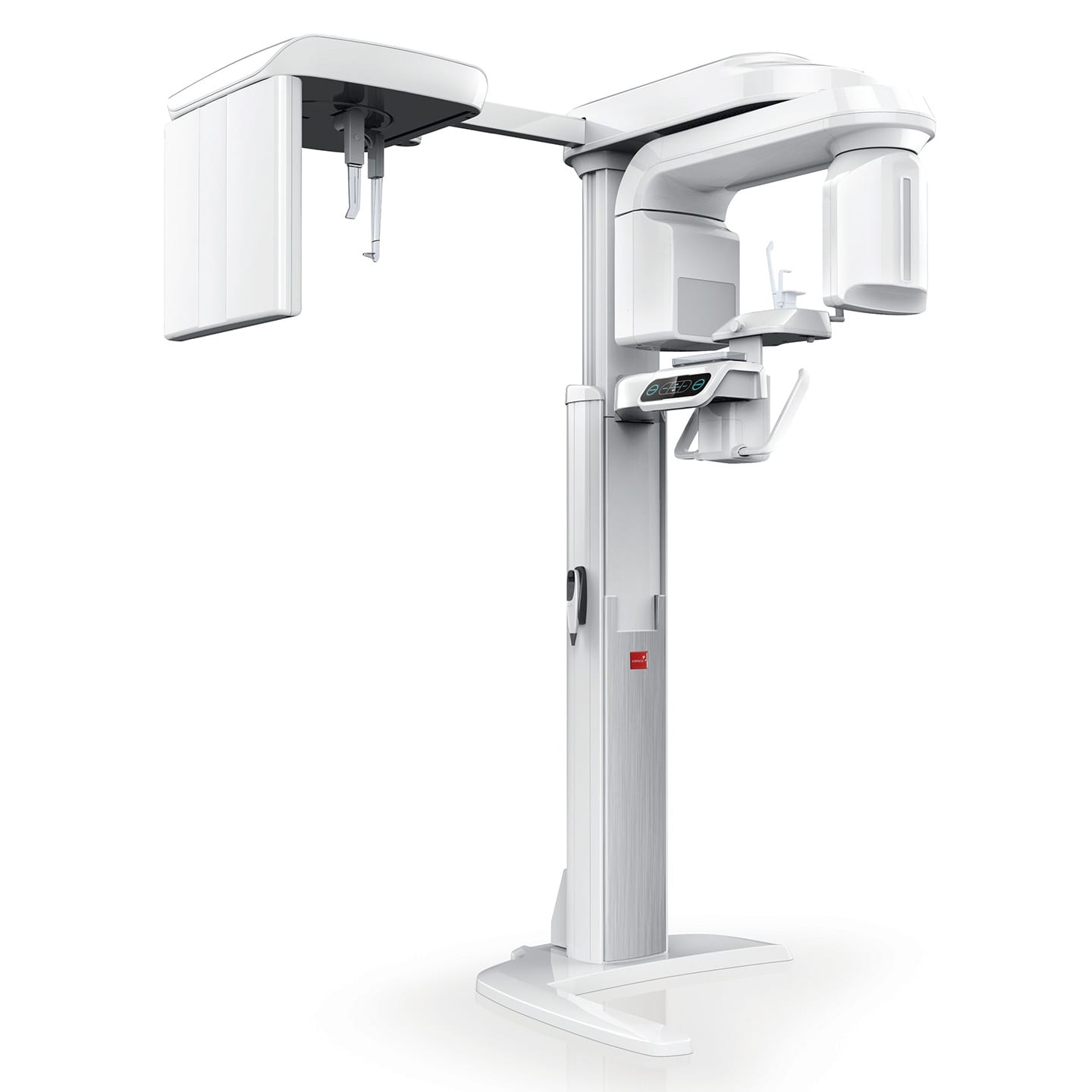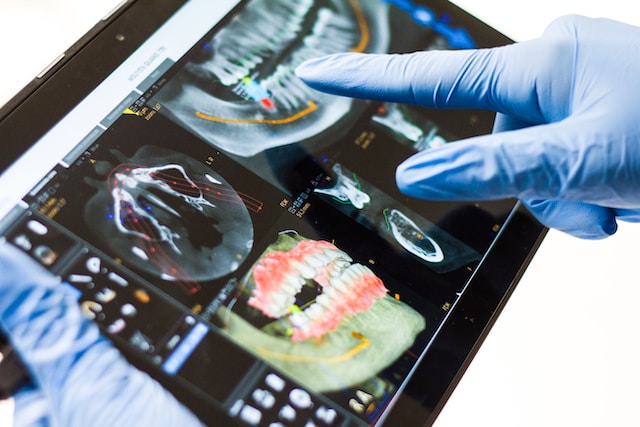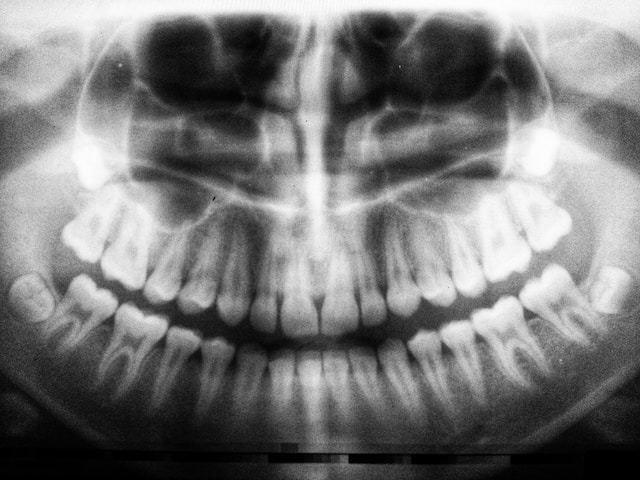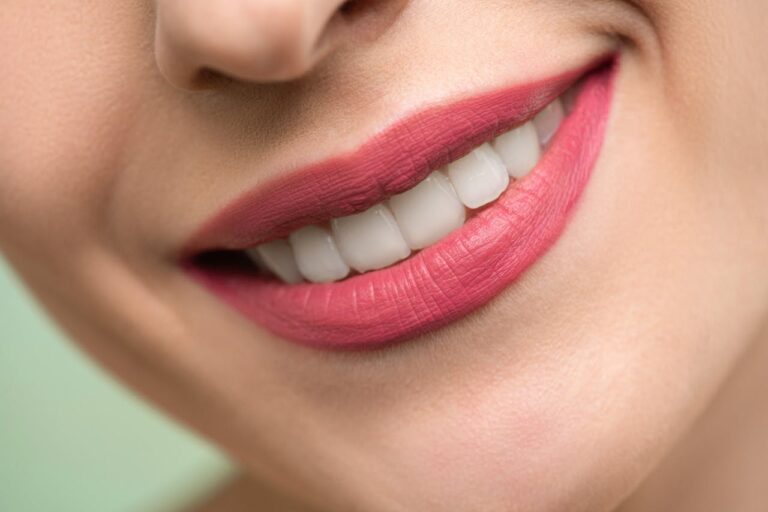CBCT (Cone Beam Computed Tomography) is a new technology that can make the imaging process painless and more effective. Below are things you need to know about cone beam CTs and how it differs from traditional CT scanners.
What Is CBCT?
CBCT is a type of medical imaging technology that’s now popular in dentistry. It works like a regular CT scan but uses a cone-shaped beam of X-rays to make detailed 3D pictures of the teeth, jaws, and structures around them. And it does this without causing you pain or discomfort.
The 3D scan or CBCT shows where the tooth is in relation to bone and nerves, which is crucial for oral surgery and finding hidden cavities and other dental problems. Additionally, if you’re planning on getting a dental implant, a CBCT scan allows your dentist to predict the correct placement of the implant and avoid any mistakes.
Advantages of CBCT
- High-resolution, detailed images: The precise 3D images of CBCT can provide valuable information for diagnosis and treatment planning.
- Flexible scanning: CBCT scanners can take pictures of the teeth, jaws, sinuses, and other parts of the mouth. This allows dentists to tailor the scan to each patient’s specific needs.
- Time efficiency: CBCT scans can be quick, typically in just a few minutes, making them a convenient option for patients and dentists.
Disadvantages of CBCT
Higher radiation exposure: Although Cone Beam Computed Tomography dental scans expose you to lesser doses of radiation than other CT exams, it typically delivers more radiation than a regular dental X-ray scan.
CBCT uses a cone-shaped beam of radiation to create a 3D image, whereas conventional CT scans use a series of narrow beams rotated around the body. Because of this, it can make more detailed pictures, but you also get more radiation.
Even though the radiation dose is still within safe limits and is acceptable for diagnostic purposes, you may worry about the risks of radiation exposure with repeated or long-term exposure.
This is why dentists use the Cone Beam Computed Tomography scans on you sparingly.
Potential for artifacts in the images: cone beam CTs may include disturbances in the image called artifacts.
These artifacts can result from:
- the patient or the imaging equipment moving during the scan
- the patient or the equipment not being in the right place
- technical problems with the imaging
So, your radiologist or dentist must carefully look at the images for artifacts. This will let them know how to fix or reduce them so they can understand the images correctly.
Higher cost: CBCT is usually more expensive than a regular X-ray because it uses a special machine and makes clear 3D images. This can be a barrier, especially if you do not have insurance coverage for the procedure.
Also, because the technology is more expensive, it may be unavailable in some hospitals, especially in low-income or rural areas.
Not suitable for everybody: CBCT is not ideal for all patients or dental conditions. For example, CBCT imaging may not be safe for young children or people with certain medical conditions.
Also, CBCT might only give some of the information for some dental needs, like detecting a vertical root fracture. In cases like this, other imaging methods like CT might be better.
CBCT vs. Traditional CT Scanners
Both cone beam CTs and traditional computed tomography (CT) scanners can make detailed 3D pictures of your teeth. However, there are some critical differences between the two.
Radiation Type
Traditional CT scanners use X-rays to take pictures. But CBCT scanners use an X-ray beam in the shape of a cone that moves around the body to take pictures. This allows the scanners to make detailed 3D images with a lower radiation dose than traditional CT scanners.
Type of Images Produced
Traditional CT scanners produce only cross-sectional images of the body. CBCT scanners, on the other hand, can produce both cross-sectional and 3D images. Because of this, it can be more beneficial for exams that require a clear view of the bones or teeth.
Convenience
CBCT scanners are usually smaller and easier to move around than regular CT scanners, making them easier to use in some situations.
Overall, both CBCT and traditional CT scanners have their uses in medical imaging. Still, the choice between them depends on your dentist and your needs.
What Is the Cost of a CBCT Scan?
The cost of a CBCT scan depends on a number of things, like which part of the teeth the dentist is scanning and which clinic or hospital you go to.
In general, a CBCT scan costs a few hundred dollars. It’s always a good idea to check with the dental clinic or hospital where you plan to have the scan done to get an estimate of the actual cost.
Remember that many insurance plans will cover at least a portion of the cost of a CBCT scan.
How Do I Get Ready for a CBCT Scan?
Before a CBCT scan, you’ll have to take off your jewelry, glasses, hair clips, assistive devices, and anything else made of metal.
Even if your dentist or an oral specialist tells you you’ll have to take out your removable dental prosthetics before the exam, bring them along for your appointment.
Tell your dentist if you’re trying to get pregnant or are already expecting. They may have to opt for another imaging means to avoid exposing you to any risks.
Visit a Modern Dental Office in New York
CBCT not only makes diagnoses more accurate but also gives you the most comfortable care experience.
Advanced Dental Arts has the CBCT technology in its newest model. We typically use it to place implants, extract teeth and identify pathology, among other tasks, including aiding in root canal treatment.
Need to see a dentist? Book an appointment with us today!






